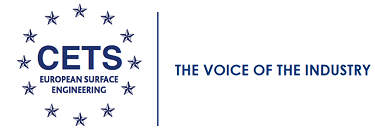Author: Egbert Stremmelaar

Chromium-6 is found in many compounds and there are hundreds of processes and products that require these chromium-6 compounds. A property of chromium-6 is without a doubt the fact that it is carcinogenic. However, this does not mean chromium-6 has to be dangerous.
Only after treatments such as blasting, sanding,… can make the painted surfaces, in which chromium-6 is present in the bonded state (as a pigment or due to corrosion limitation), release Chromium-6 in dust form. This can be inhaled if insufficient safety measures are taken. If the substance accumulates in the lungs, it can cause cancer. The risk of actually developing cancer comes from the degree of exposure of the person in question and the state of the human body. In all other cases, such as the processing of metalized surfaces, only metal dust is produced. There is no chromium-6 in this metal dust. On painted surfaces, the chromium-6 is bonded in such a way that there will be no exposure under normal usage.
Because chromium-6 is usually a production substance (intermediate), and this production substance is used by professionals in a closed building, the substance can be processed safely. However, the employer will have to take the correct (safety) measures and the employee must follow the correct work instructions and procedures and must implement the protective measures correctly.
In order to clarify the attention points, to map out the consequences and to offer a standard set of measures and their effects, Vereniging ION has started the “Exposure” project. ION not only looks at chrome-6, but also at a number of other frequently used SVHC / CMR fabrics in the surface technology industry.
